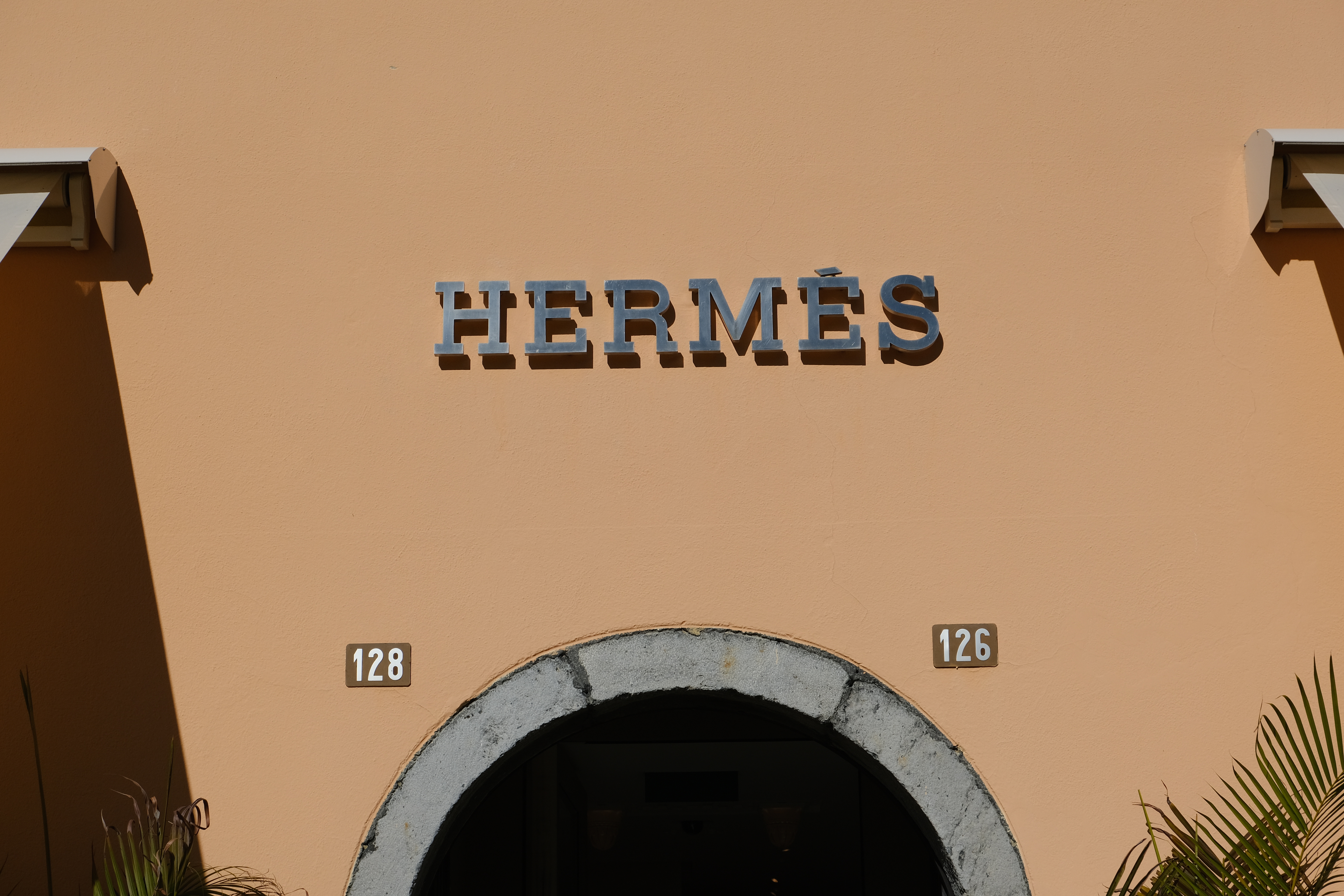Hermès International’s Historic Roots

Portrait of Hermès International Founder: Thierry Hermès
Thierry Hermès was born in 1801 to a German mother and French father, both innkeepers in Krefeld. (Nast, 2007) Krefeld was a German town that was part of Napoleon’s empire when Thierry was born, so he had French citizenship. (Fashion Editor, 2020) In January 1814, after Napoleon was defeated and the empire divided, Krefeld became part of Prussia and is now part of Germany. (Thierry Hermes, n.d.) Thierry was the sixth and youngest child, but by 1821, he had lost his parents and five siblings to war and disease. (Nast, 2007) In 1821, he moved to Pont Audemer, Normandy, where he learned the leatherworking craft.* (Rogador, 2023) In 1828, he married Christine Pétronille Pierrart in Paris. Nine years later, he opened his first harness-making store. (Hermès USA, 2023a)
Hermès’ Vision
Thierry Hermès opened his shop in 1837 on rue Basse-du-Rempart in Paris, specializing in horse harnesses for carriages. (Nast, 2007) Hermès understood that his customers wanted simplicity and elegance, so he shaped the aesthetics of the harnesses to include elegant hardware and leather tailored to the horses — straightforward, tailored beauty that continues over a hundred years later. Hermès also understood the importance of longevity and durability in his harnesses. His harnesses and later saddles needed to endure all weather and pressure, so he constructed them using a saddle stitch, which must be done by hand using two threads stretched in opposition to form an enduring hold. “It is a handsome, graphic stitch, and done properly, it will never come loose.” (Nast, 2007). His stitching and saddle work earned recognition for its all-weather durability and “discreet finesse” from the Expositions Universelles in Paris in 1855 and 1867. (Hermès USA, 2023a) (Fashion Editor, 2020)
Expansion in the Gilded Era
In 1880, Thierry’s son, Charles-Emile Hermès, moved the workshop and store to 24 Faubourg Saint-Honoré and expanded the store to include saddles. The saddlery added a new dimension in that saddles must be customized and built around the measurements of both the rider and the horse. (Nast, 2007) Charles also expanded the leathercraft to include leather bags, beginning with the Haut à Courroies bag, which debuted in 1900. (Fashion Editor, 2020) (Nast, 2018) Meanwhile, Hermès reputation for quality reaches across Europe as European royalty and the wealthy become Hermès clients. “Because handstitched perfection cannot be rushed, royal coronations were sometimes delayed until Hermès fittings for the carriage and the guard had arrived.” (Nast, 2007)
Making it Through the Wars
Between the First and Second World Wars, horse-based transportation shifted to automobiles, and the Hermès business shifted to include more leather goods such as leather jackets, luggage, belts, and the expansion of its handbags. It began to expand into other non-leather products, including silk scarves. It also expanded its geographic reach, including a presence in the US by 1922. (Fashion Editor, 2020) During World War II, Hermès continued to operate and flex during the supply shortages under German occupation of France. In 1951, Robert Dumas took over the company’s leadership and continued to stretch the Hermès métiers into men’s silk ties and women’s ready-to-wear collections.
Becoming a Luxury Leader
In 1978, Jean-Louis Dumas took over from his father, Robert, and shaped Hermès into the global, savvy leader in luxury it is today. He expanded Hermès by investing in companies that shared the Hermès values and product development strategies, including Leica optics, Jean Paul Gaultier’s couture, London bootmaker John Lobb, and products aligned with Hermès’s Art of Living department such as Puiforcat silver and Saint-Louis crystal. (Nast, 2007) He also expanded the number of retail boutiques and stand-alone stores through a well-researched growth strategy. (Nast, 2007) As part of this strategy, Hermès reduced the number of its franchise stores by buying them up, closing others, and opening more company-operated stores. (Martin Roll, 2020) “Under Dumas’s brilliant leadership, Hermès became a brave-new-world company, growing globally in a sustained, savvy, relatively debt-free ascent that was prepared for in the 80s, rocketed in the 90s, and continued to climb after 2000 even as other luxury brands slipped.” (Nast, 2007)
“[Hermès has] been around for 170 years, and yet it’s a very young brand because its geographical expansion happened in the last 20 years,” Pierre-Alexis Dumas, Hermès Artistic Executive Vice President. (Nast, 2007)
*There is intriguing, though not cited, information that points to Thierry Hermès working for a successful leather production company called “sellier-harnacheur” owned by the Pleumer in Pont Audemer. (Rogador, 2023) This would explain how he learned the leather-working trade.
Feature photo: Guilhem Vellut
